
All categories
Featured selections
Trade Assurance
Buyer Central
Help Center
Get the app
Become a supplier

(13588 products available)









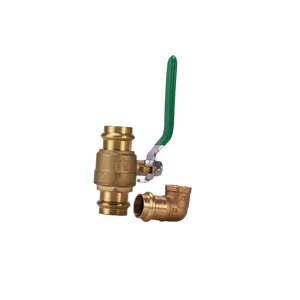




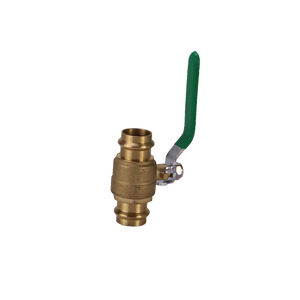








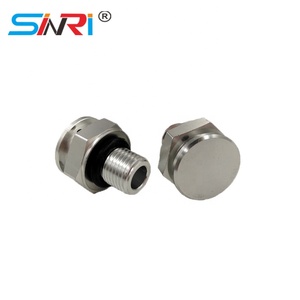

















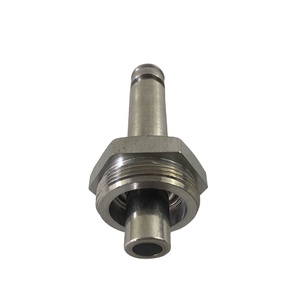


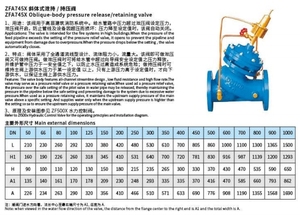





A plunger valve is a simple on-off valve that controls the flow of liquid and gas in a pipeline. The valve closure element is a plunger that moves in and out of the seat, which is perpendicular to the valve body. This causes minimal disruption to the flow. Plunger valves are mostly used in wastewater treatment plants, paper mills, and other industries that require the on-off flow of clean water or chemicals.
Since the plunger valve is used in different industries, it comes in different types. Here are some of them:
Electric Plunger Valves
Electric plunger valves are operated by an electric motor. This makes it easier to control the flow of liquid and gas remotely. The electric motor also allows for high precision control of the valve closure. Because of these features, electric plunger valves are commonly used in chemical processes where accurate dosing and mixing are required.
Pneumatic Plunger Valves
Pneumatic plunger valves are operated using compressed air. The valve operator converts the air pressure into linear motion to open or close the valve. Since they are operated using compressed air, pneumatic plunger valves have a quicker response time. They are also suitable for high cycle applications where the valve needs to be opened and closed frequently.
Hydraulic Plunger Valves
Hydraulic plunger valves are controlled using hydraulic fluids. These valves are generally larger and more powerful than the rest. The hydraulic plunger valves' opening and closing actions are also smooth and precise. This makes them ideal for high-pressure applications. Furthermore, hydraulic plunger valves are suitable for large and heavy closure elements.
Manual Plunger Valves
Manual plunger valves are operated manually using a lever, hand wheel, or other actuating mechanisms. They are simple and cost-effective. Manual plunger valves are mostly used in applications with infrequent valve operation, such as emergency shutdowns and on-off services.
Stainless Steel Plunger Valves
Stainless steel plunger valves are highly resistant to corrosion and are suitable for high-temperature applications. This makes them popular in the food and beverage, pharmaceutical, and chemical industries. Stainless steel valves also have a longer lifespan and require low maintenance.
Cast Iron Plunger Valves
Cast iron plunger valves are strong and durable, making them suitable for high-pressure applications. These valves are commonly used in water supply and sewage systems, oil and gas pipelines, and other industries where there are high-pressure fluids.
Bronze Plunger Valves
Bronze plunger valves are corrosion resistant and have good electrical conductivity. These features make them suitable for marine applications, plumbing systems, and other applications where there is a need for good corrosion resistance and electrical conductivity.
Each plunger control valve has a different specification, which makes it suitable for different applications. Here are some common specification parameters:
Valve Size
Plunger valve size is determined by the internal diameter, which is used to determine the flow rate. It is measured in millimeters or inches. Common sizes include 1", 2" and 4".
Pressure Rating
Pressure rating refers to the maximum pressure that the plunger valve can handle. It is measured in psi or pa. Common pressure ratings are 150 psi, 300 psi and 600 psi.
Temperature Rating
Temperature rating refers to the temperature of the fluid that the plunger valve can handle. It is measured in degrees Fahrenheit or Celsius. Common temperature ratings are 200 °F, 400 °F and 700 °F.
Body Material
Plunger valve body material determines its strength and durability. Common materials include stainless steel, brass, cast iron and carbon steel.
Seal Material
The seal material in a plunger valve is critical because it determines the valve's lifespan and durability. The seal material depends on the application. Commonly used materials include rubber, PTFE and nylon.
Actuation
Plunger valves can be actuated manually or automatically. For manual valves, a handle is used to open and close the valve. For automatic valves, electrical, pneumatic, or hydraulic actuators are used to control the valve.
Plunger control valves require regular maintenance to ensure they function properly. Here are some maintenance tips:
Regular Inspection
Plunger valves should be inspected regularly to check for signs of wear and tear. The seals, body, and actuator should be inspected for any damage. Early detection of any damage makes it easy to replace.
Cleaning
The plunger valve should be cleaned regularly to prevent the buildup of dirt and debris. A clean valve will ensure the smooth operation of the actuator, reducing the need for frequent maintenance.
Lubrication
The moving parts of the plunger valve should be lubricated regularly to prevent friction and wear. The manufacturer's recommended lubricant should be used.
Seal Replacement
The seals in the plunger valve should be replaced regularly. The lifespan of the seals depends on the application, but they should be replaced immediately if any damage is detected.
Body and Actuator Replacement
Over time, the body and actuator of the plunger valve will wear out. They should be replaced after inspection.
Pipe Thread Sealant
Pipe thread sealant is used to seal the thread connections of the plunger valve. This prevents leaks. Before applying the pipe thread sealant, ensure the valve threads are clean and dry.
Choosing the right plunger valve requires consideration of various factors. Here are some of them:
System Requirements
This involves understanding the needs of the system where the valve will be used. Consider the pressure and temperature limits that the valve can withstand. Also, think about the flow rate and size of the piping system.
Medium Being Controlled
What is being pumped through the pipes? Is it water, oil, gas, or steam? The plunger valve must be compatible with the medium to avoid corrosion or damage.
Material and Construction
Consider the material used to make the valve. It should be durable and suitable for the medium and service conditions. Common materials include stainless steel, cast iron, and brass.
Seal and Seat Materials
The seals and seats of a plunger valve are critical components that come into contact with the fluid. The materials used for these parts should be chosen based on the type of fluid being used, its temperature, and pressure. For example, rubber or PTFE seals and seats might be suitable for most fluids; however, they will not work in high-temperature scenarios.
Operational Requirements
This involves figuring out how the valve will be operated. Do users want it to be manual, or do they want it to be automatic? Also, consider the required actuation method, such as electric, pneumatic, or hydraulic.
Flow Characteristics
Plunger valves are designed to control flow in different ways. Some of them are designed to allow more flow than others. If more flow is required, choose a valve designed for that. This will ensure that the flow rate of the fluid being moved does not decrease.
Installation and Maintenance
Consider the ease of installation and maintenance requirements of the valve. Choosing a valve that is easy to install and maintain will save costs and time in the long run.
Serviceability
Consider how easy or hard it will be to repair the valve if it breaks. Valves that are difficult to take apart and put back together again will be more expensive to fix than those that are easy to service.
Budget
Consider the upfront cost of purchasing the valve and the long-term costs of maintenance, operation, and potential downtime. Finding the right balance between quality and affordability is essential.
Replacing a plunger valve is not as easy as it sounds. However, a simple guide in the right direction could make it manageable. Here is how to replace a plunger valve:
Gather the right tools for the job. This includes a screwdriver, a wrench set, and the new plunger valve to be installed. Turn off the water supply to the valve that is being replaced. This is done by locating the main shutoff valve and turning it off. Once the water supply is turned off, the next step is to drain the plumbing system. This is done by opening the faucets connected to the plumbing system. After draining, the plumbing system will be free from water, making it safe and easier to work on the valve.
Once the system is drained, remove the old plunger valve. This is done by loosening the nuts and bolts that hold the valve in place. After the old valve is removed, clean the valve seat and threads to ensure a proper seal when the new valve is installed.
Now it is time to install the new plunger valve. First, make sure the new valve is the right size and type for the plumbing system. Then, carefully align the valve with the pipe threads and secure it with nuts and bolts. Once the new valve is installed, turn on the water supply to the valve. This is done by opening the main shutoff valve. After the water supply is turned on, check for leaks around the valve. If there are no leaks, the plunger valve replacement is successful.
It is important to follow the manufacturer's instructions when installing a new plunger valve. This ensures that the valve is installed correctly and functions properly.
With the right tools and following the steps above, replacing a plunger valve is manageable.
Q1: What are the common materials used in the construction of a plunging valve?
A1: Plunger valves are usually made of different materials to suit various applications and industries. The most common materials are metal alloys such as stainless steel, cast iron, and brass. Other materials are thermoplastic and hardened composites.
Q2: What is the difference between manual and automatic plunger valves?
A2: Manual and automatic plunging valves differ in how they are operated. Manual plunger valves are usually operated using a handle or a lever. On the other hand, automatic plunger valves are operated using an external power source such as electricity or a pressure difference.
Q3: Can a plunger valve be used for both liquid and gas services?
A3: A plunger valve can be used in both liquid and gas services. Nevertheless, the design and specifications should be suited for the intended service. For instance, gas services require high pressure and quicker response, whereas liquid services require a slower response.
Q4: What is the maintenance requirement for a plunger valve
A4: Like any other valve, a plunger valve requires regular maintenance for optimal performance and durability. The maintenance tasks include regular inspection, cleaning, lubrication of moving parts, and replacement of worn-out parts.